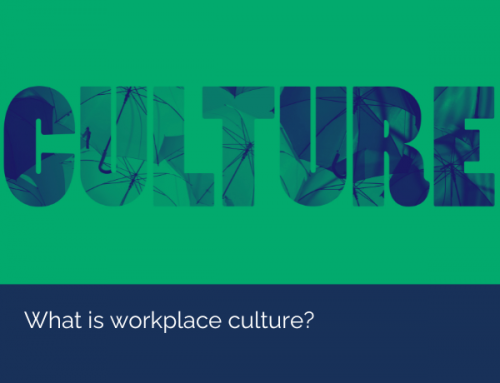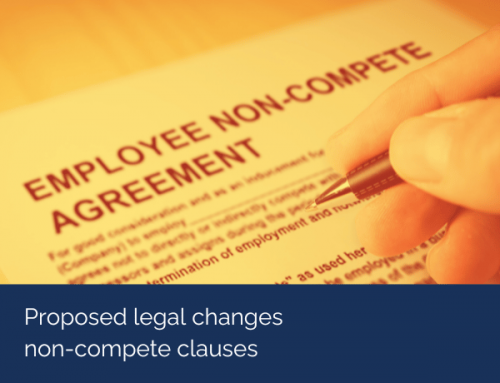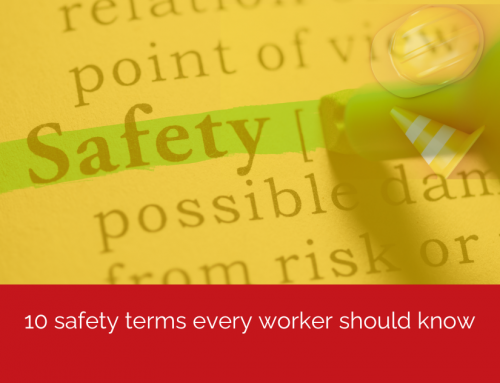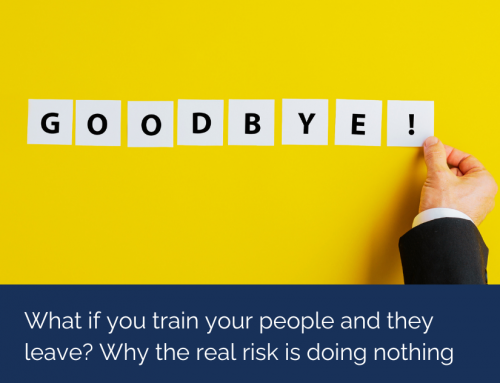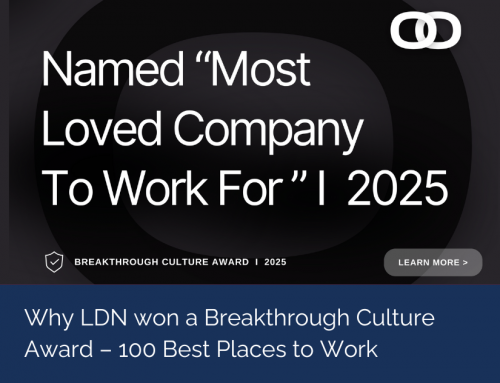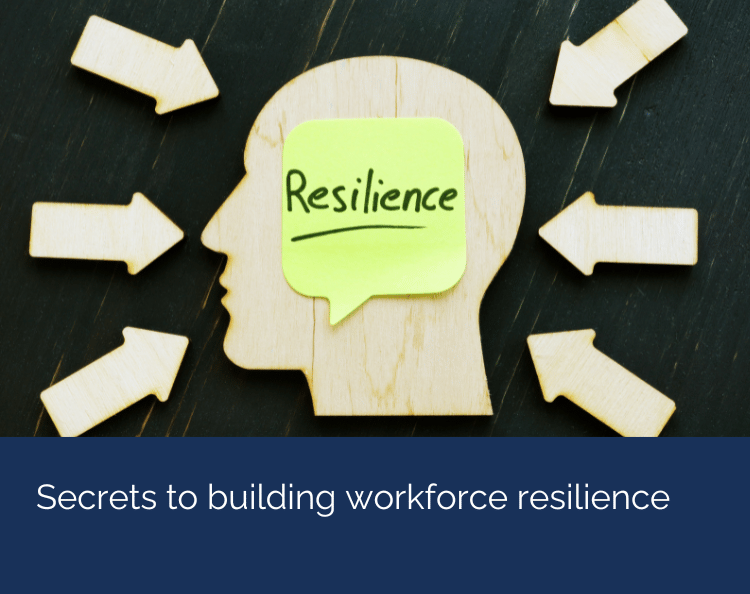
Building resilience is not just about surviving difficult times; it’s about thriving in an ever-changing world, ensuring sustainability, and building a healthy, innovative, and proactive work environment.
Resilience refers to the capacity to recover quickly from difficulties; it’s about bouncing back from challenges with increased strength and resourcefulness. In the context of a workplace, resilience can be seen at both an individual and organisational level. It involves the ability to handle stress, adapt to new or challenging situations, and emerge from adversity stronger and more capable than before.
Why is resilience important?
Resilient organisations excel at adapting to challenges such as increased competition, market shifts, regulatory changes, technological disruptions, and global events, while also being better equipped to handle emergencies, adapt quickly, minimise disruptions, and maintain critical operations during crises.
However, a resilient organisation is only as resilient as its people. Individuals and teams with resilience manage stress better, avoid burnout, and maintain high productivity levels even under pressure, contributing to better wellbeing, job satisfaction and performance. Additionally, a supportive environment encourages employees to explore innovative ideas and take creative risks, fostering continuous improvement and development.
Building resilience not only supports individual wellbeing but also strengthens the overall organisation, preparing it for future uncertainties.
Psychosocial safety is the bedrock of resilience
At the heart of a resilient workforce is psychosocial safety. When employees feel safe at work, they are more likely to step out of their comfort zone, innovate, and recover quickly from setbacks. This safety provides the foundation for resilience, allowing employees to thrive even in challenging circumstances.
In Australia, psychosocial factors in the workplace are defined as aspects of work and the work environment that impact the psychological and social well-being of employees.
Psychosocial safety at work incorporates a wide range of elements, including but not limited to:
- Work organisation: The way work is structured, including job roles, workload, and work processes.
- Work environment: The physical and social environment in which work is performed, including relationships with colleagues and supervisors.
- Workplace culture: The values, norms, and practices that characterise an organisation, influencing how employees interact and perceive their work.
- Job demands: The psychological and physical demands placed on employees, including task complexity, time pressures, and emotional demands.
- Job control: The level of autonomy and decision-making power employees have over their work.
- Support: The availability and quality of support from supervisors, colleagues, and the organisation as a whole.
- Recognition and reward: The extent to which employees feel valued and acknowledged for their contributions.
- Work-life balance: The ability to balance work demands with personal and family needs. Not only do these elements help build the foundation of personal resilience, but most States and Territories have Work Health and Safety legislation requiring that employers treat psychosocial hazards and risks the same way as physical hazards and risk. Read more about this here.
Leaders can enhance psychological safety and resilience by:
Creating an environment where employees feel safe to take on challenges and voice their concerns without fear of repercussion: When leaders make employees feel secure, they are more willing to experiment and learn from failures, which strengthens their ability to handle future challenges.
Modelling vulnerability by sharing their own challenges and uncertainties: When leaders show that it’s okay to face difficulties and uncertainties, employees are more likely to develop resilience by learning to navigate their own challenges without fear of judgment.
Actively seeking input and valuing employees’ ideas and concerns: When employees feel their contributions are valued, they are more likely to be engaged and resilient, as they see themselves as integral parts of the organisation’s success.
Handling mistakes constructively and viewing errors as learning opportunities rather than failures: When mistakes are seen as part of the learning process, employees are better equipped to recover from setbacks and continuously improve.
What else contributes to a resilient workforce?
Effective communication: Keeping everyone informed.
Clear, consistent communication is essential for building resilience. It ensures that all team members are informed, aligned, and ready to act when needed with regular updates, two-way communication, and detailed communication strategies for potential crises to reduce confusion and ensure a cohesive response.
Autonomy and empowerment: Driving initiative
Empowering employees by giving them more control over their work and decision-making processes can significantly boost resilience. When employees feel they have a stake in the outcome and the autonomy to influence their work environment, they are more likely to be proactive and committed. Strategies can include flexible work arrangements, inclusive decision-making and meaningful recognition and rewards.
Training and development: Equipping for the future
Continuous learning and development play a significant role in resilience by ensuring that employees are not only skilled but also adaptable to new challenges, this could include resilience training and workshops that teach stress management and skill development in adaptive thinking.
Resourcing support
Providing internal resources that support employees’ well-being such as preventative mental health / well-being leave days, Mental Health First Aid programs, access to health and wellbeing apps and resources, Employee Assistance Programs (EAP) and access to mental health professionals help to boost individual support and enhance the overall strength and resilience of the organisation.
By fostering psychological safety, enhancing communication, continuous learning, and empowering employees, organisations can create a resilient workforce that is not only equipped to handle current challenges but is also prepared for future uncertainties.

